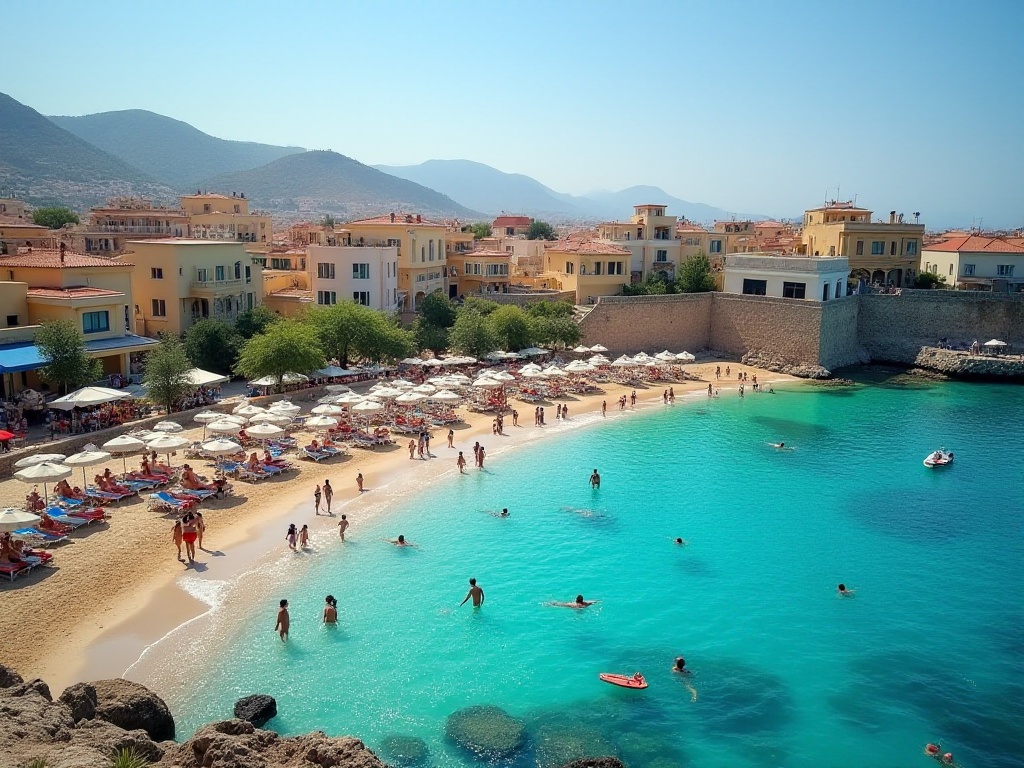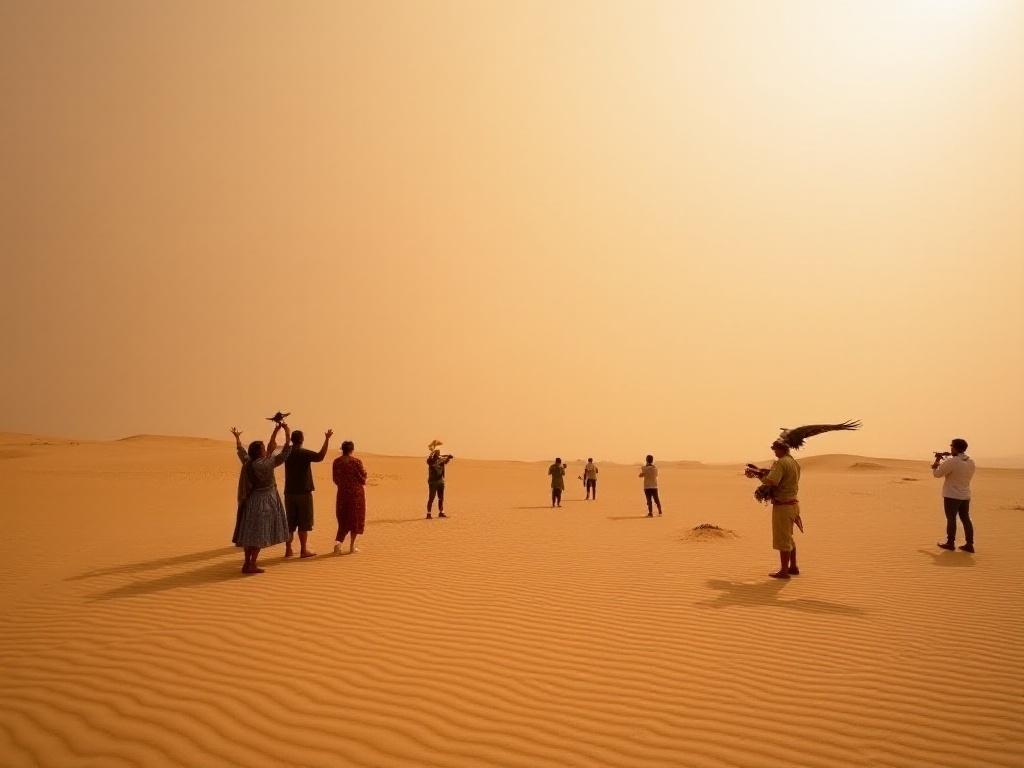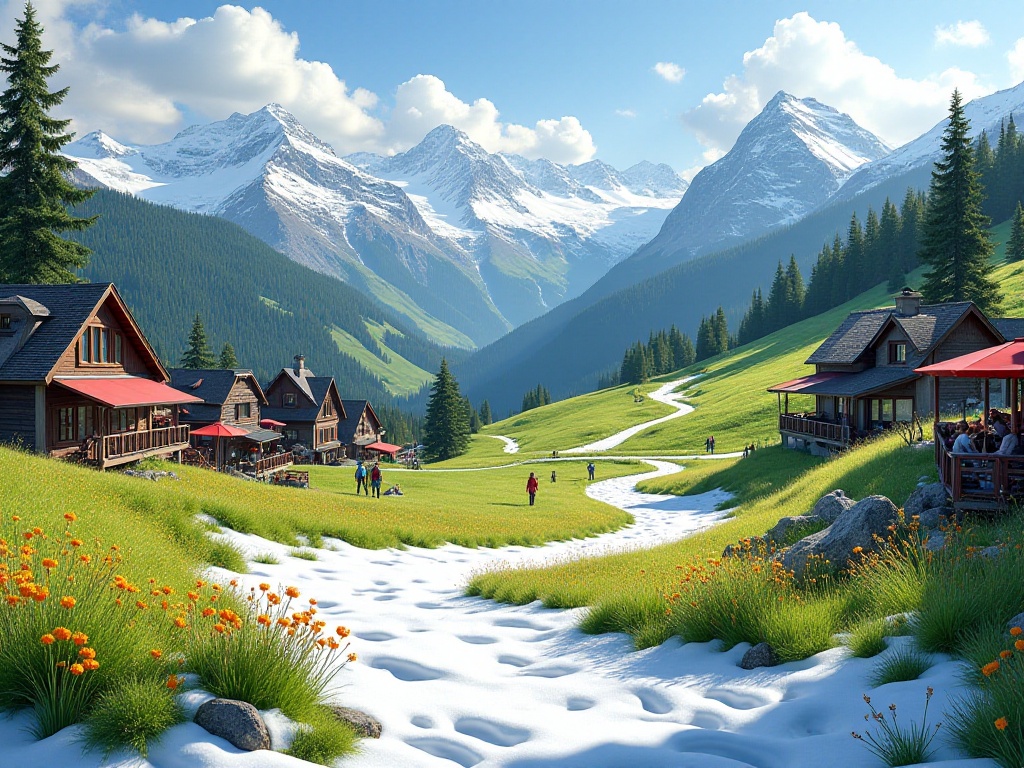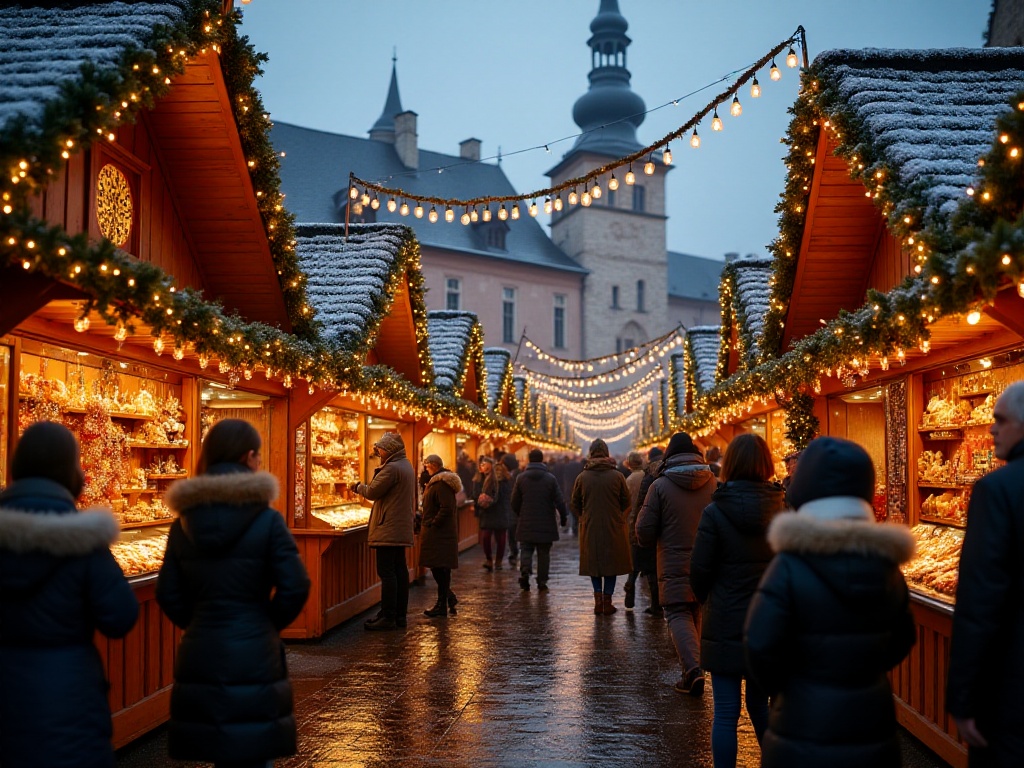Peak Season Characteristics
Have you ever had this experience? After eagerly planning a trip, you arrive at your destination only to find overwhelming crowds and no available accommodations. This often happens when we accidentally stumble into peak tourist season. As a travel blogger who has been around the world, I frequently receive questions from readers asking "When is the best time to visit a certain place?" Today, let's discuss this topic.
Peak tourist seasons typically align with the most favorable climate conditions for sightseeing. In Europe, for example, July-August has moderate temperatures and abundant sunshine, naturally becoming the most crowded period. According to my statistics, the average waiting time at the Paris Eiffel Tower during this period exceeds 2 hours, and the tourist density at Venice's St. Mark's Square can reach 4-5 people per square meter.
However, peak seasons aren't solely determined by weather. Cultural festivals and major events can also create visitor peaks. For instance, during my trip to Japan's Kansai region last year, I experienced this firsthand: during cherry blossom season in Kyoto, hotel prices generally increased by 50%-80%, and some traditional inns required bookings six months in advance.
Off-Season Advantages
At this point, you might ask: should we avoid peak seasons? Not necessarily. I personally enjoy traveling during off-season because it offers many unexpected surprises.
For example, last winter I spent an unforgettable time in Venice. Although temperatures were only 5-10 degrees, the quiet streets revealed a unique charm of this water city. What surprised me most was that canal-view rooms, normally 300 euros per night, were available at half price. The local gondoliers were also exceptionally friendly, not only explaining the history of buildings along the way but also taking us to some rarely visited alleys.
Based on my experience, choosing off-season travel can save 30%-50% of your budget. However, note that some attractions may have shorter operating hours, and certain seasonal activities might be suspended. For instance, when I visited Morocco's Sahara Desert last November, I couldn't experience the traditional camel trek because local travel agencies had suspended this service.
Shoulder Season Benefits
If I were to recommend the ideal time to travel, I would unhesitatingly choose the shoulder season. This period avoids both peak season crowds and off-season inconveniences.
Taking the Mediterranean region as an example, the shoulder seasons of April-May and September-October are perfect for travel. Temperatures range between 15-25 degrees, suitable for both exploring ancient sites and enjoying beach time. Statistics show that hotel prices during this time are 20%-30% lower than peak season, but facilities and services remain uncompromised.
I particularly enjoy visiting Greece during shoulder season. Last September, I spent two whole weeks on Santorini. The blue-domed churches were no longer crowded, and you didn't need to secure a spot two hours early for Oia's sunset. Locals told me that daily tourist numbers reach 15,000 during peak season but drop to around 5,000 during shoulder season, significantly enhancing the travel experience.
Regional Differences
It's worth noting that tourist seasons vary greatly across different regions. I'll use the African savanna as an example.
In Tanzania's Serengeti, July-October is the best period to witness the great wildebeest migration. However, this doesn't mean other times aren't suitable for visiting. During January-February's calving season, you can see thousands of baby wildebeest being born; during the March-June rainy season, the savanna bursts with amazing vitality.
Similarly in the Middle East, conventional wisdom suggests summer is too hot for travel. However, my time in Jordan last July was particularly memorable. While inland areas were indeed scorching, water activities along the Dead Sea and Red Sea coast made this season unique. Moreover, being off-season, Petra had only one-third of peak season visitors, allowing me to spend peaceful mornings in the Rose City.
The Nordic region is even more special. Tourism seasons here mainly divide into midnight sun and polar night periods. Last December, I spent Christmas in Rovaniemi, Finland. Although daylight lasted only a few hours, unique experiences like aurora viewing, ice hotels, and reindeer sledding make winter one of the most popular tourist seasons.
Selection Recommendations
After all this, you might ask: how should one choose the most suitable travel time? I suggest considering the following aspects:
First is budget. If funds are limited, consider off-season or shoulder season. According to my statistics, price differences for the same itinerary across different seasons can reach 60%-70%. This is especially true for long-haul travel, where seasonality directly affects airfare. For example, round-trip tickets from Beijing to Paris might cost 8,000-10,000 yuan during peak season but only 4,000-5,000 yuan during off-season.
Second is timing. If you have fixed vacation periods, you'll need to find suitable destinations within that timeframe. For instance, while China's National Day Golden Week is peak season for domestic travel, it's shoulder season in Europe, perfect for avoiding peak crowds.
Third is travel purpose. If you're aiming for specific festivals or natural phenomena, you must visit during specific times. For example, to see Japanese cherry blossoms, you must go in March-April; for India's Diwali festival, October-November.
Finally, personal preference. Some people enjoy bustling atmospheres, while others prefer tranquility. During my visit to Venice's Carnival last year, despite the crowds, the festive atmosphere left me with unforgettable memories.
Practical Tips
After determining your travel timing, I suggest the following strategies to optimize your travel experience:
Advance booking is crucial. Even during off-season, tickets and accommodations for popular attractions should be arranged early. I learned this lesson in Iceland: even during off-season, Blue Lagoon tickets needed to be booked two weeks ahead.
Avoiding peak hours is also important. Even during peak season, choosing weekdays over weekends, and early morning or evening over noon, can help you avoid the busiest times. At the Louvre in Paris, I always advise readers to queue up half an hour before opening, saving 1-2 hours of waiting time.
Flexible itinerary adjustment is necessary. Especially during shoulder season, weather can be unpredictable, so leave some buffer time. During my Scottish Highlands trip, I often adjusted plans based on weather forecasts, visiting castles on rainy days and lake districts on sunny days.
Conclusion
Each season has its unique charm; the key is finding the time that suits you best. As one travel writer said: "Travel isn't about when you depart, but the spirit in which you begin."
What's your favorite season for travel? Feel free to share your experiences and suggestions in the comments. If you have questions about the best travel times for specific destinations, leave a comment, and I'll be happy to provide more detailed advice.
Let's look forward to our next journey, meeting the most beautiful scenery in the most beautiful season.








